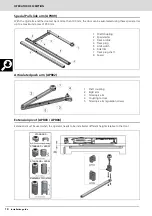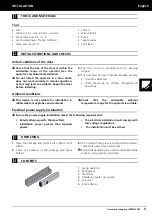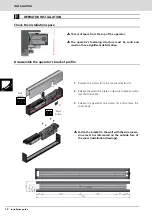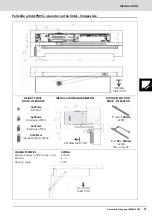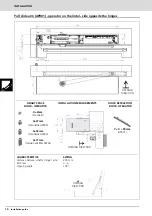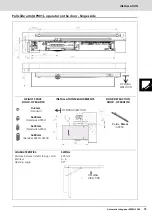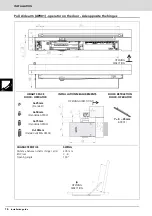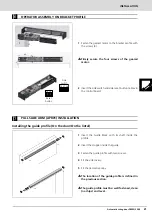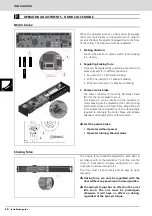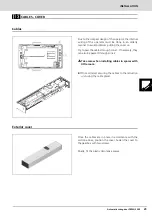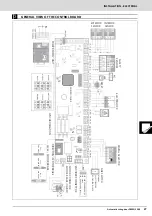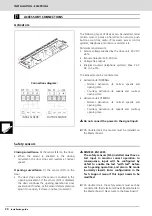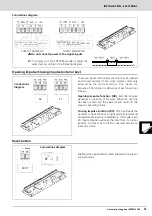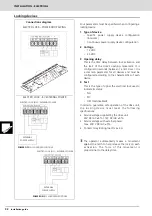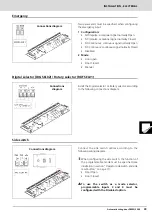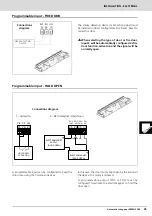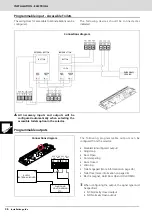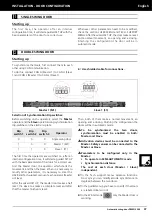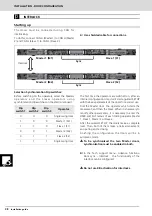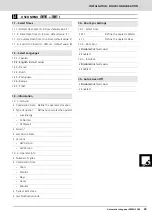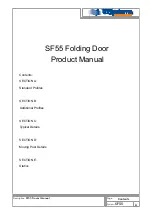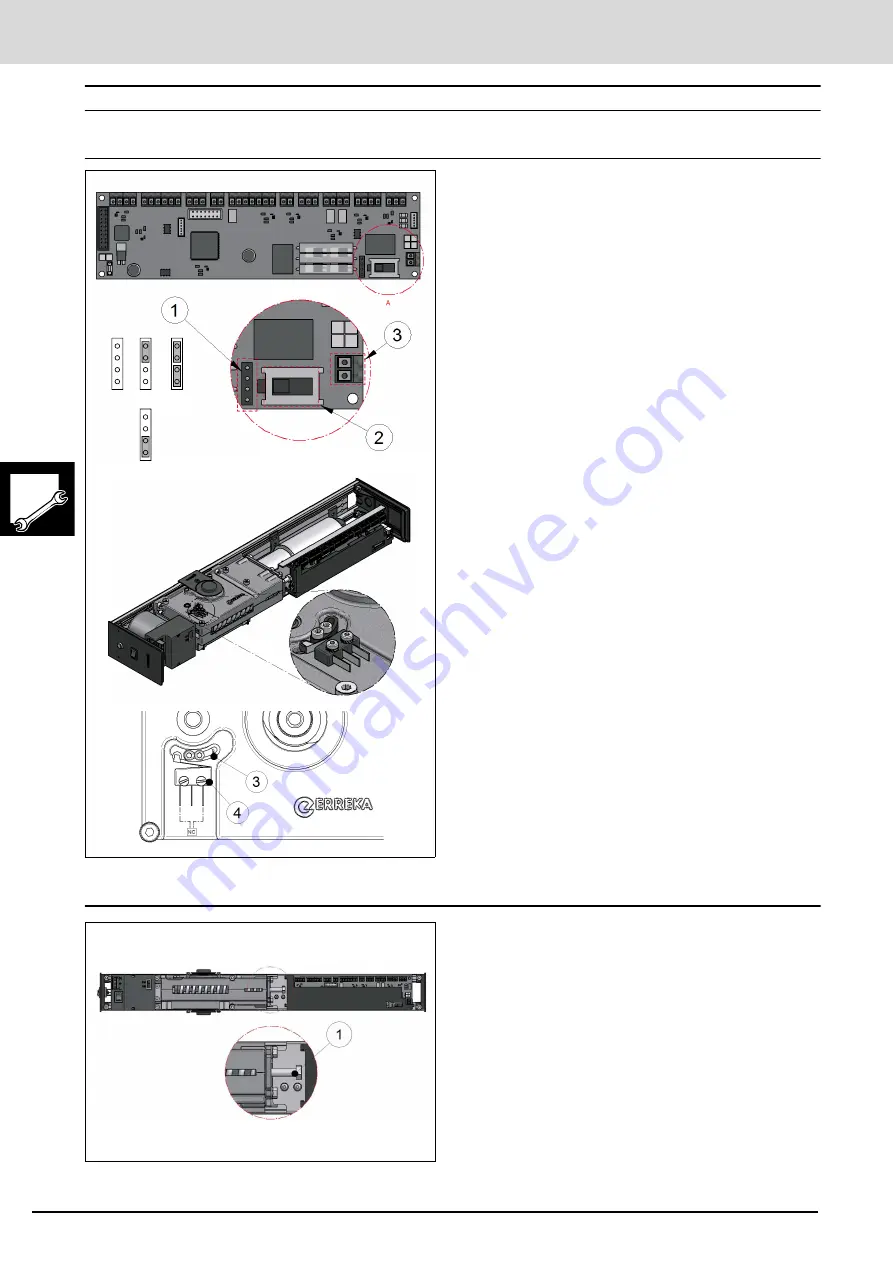
330-In
stalacion sw113.fm
- 29/4
/21
INSTALLATION
24
Installation guide
9
OPERATOR ADJUSTMENTS - DOOR CLOSE MODE
Motor brake
When the operator works as a door closer (manually),
the motor must brakes in closing direction in order to
prevent the door from gathering speed due to the force
of the spring. The following must be regulated:
1 Braking direction:
Position the electronic plate's switch (2) so braking
is in closing.
2 Regulating braking force
:
Force can be regulated by positioning the electronic
plate's jumpers (1) in different positions:
• No jumper (1.1): Minimum braking.
• With one jumper (1.2): Medium braking.
• With two jumpers (1.3): Maximum braking.
3 Remove motor brake
:
The cable connector (3) must be Normally Closed
(NC) for the motor brake to work.
A microswitch can be inserted in the operator so
motor braking can be disabled at the end of closing
and the door closes with more force. Adjust the part
(3) to enable the microswitch (4) in the closing angle
required to eliminate the motor brake and achieve
adequate closing (Operator without power).
Test the passive brake:
• Operator without power
• Operator running: Manual mode
Closing force
The closing force should be adjusted to each door in
accordance with its characteristics. To do this, turn the
screw (1) clockwise to increase closing force, or anti-
clockwise to reduce closing force.
The door must close securely and be easy to open
manually.
Closing force can only be regulated with the
door without any power and in closed position.
The spring's torque has no effect on the arm's
idle zone. The arm must be precharged,
otherwise it will have no effect on closing,
regardless of the spring's torque.
1.1
1.2
1.3
DETAIL A
or

